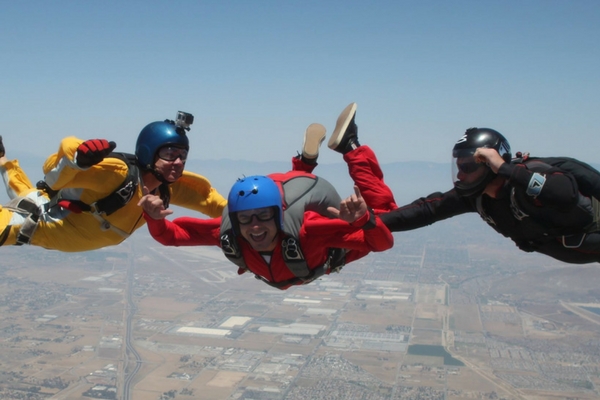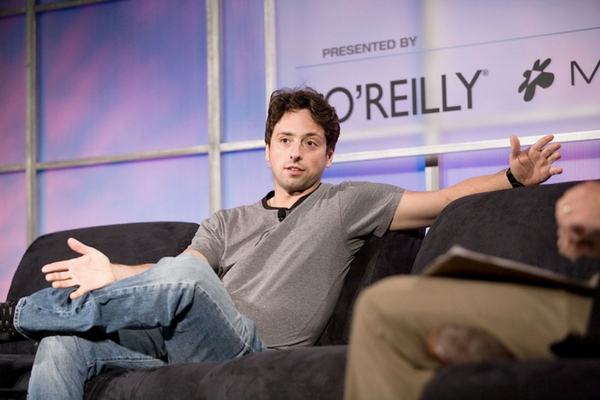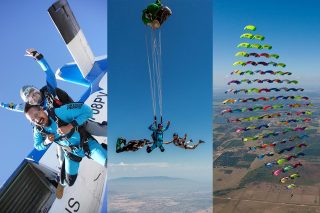Lights, Camera, Freefall: Interview with Scott Smith
Skydiving
Posted by: Skydive Perris
8 years ago
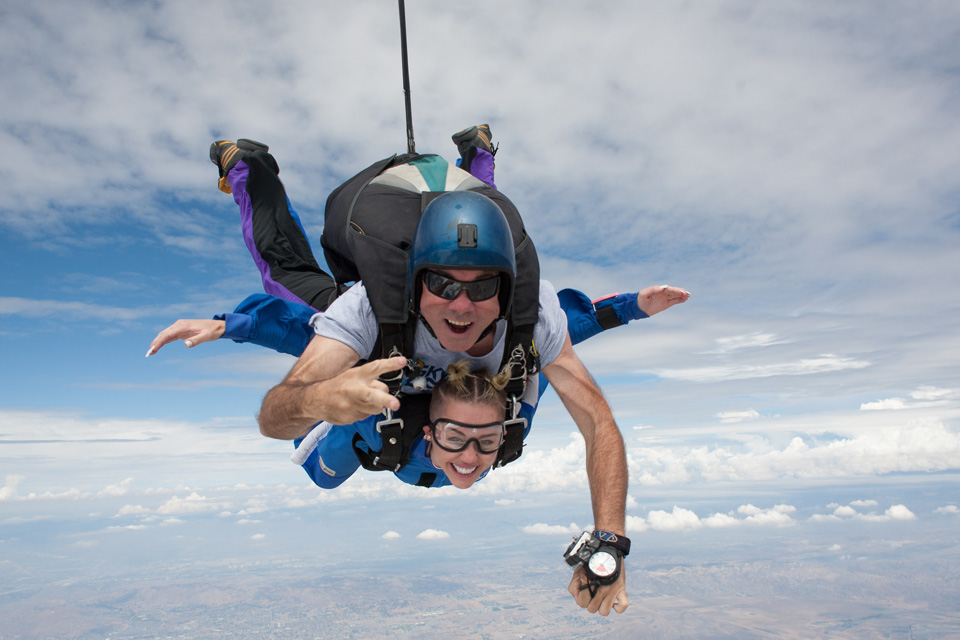
Scott Smith on Coordinating Perris’s Many Skydiving Film Shoots
Since Skydive Perris is the largest drop zone near Hollywood, it’s no surprise that we handle more than our fair share of film shoots. It seems like everything (from student films to feature films to episodic television to reality TV to interviews to magazines) shoots at Skydive Perris. Unconvinced? If you see skydiving on TV, look for the markings of our planes!
Coordinating film shoots–big or small–is a big job, and it takes an expert to make sure it all goes smoothly. Luckily, we have Scott Smith on our team. As the filming coordinator for Skydive Perris, Scott handles the full spectrum of production requests, from budget-bidding assistance to location management. (Interestingly, Scott doesn’t get involved if a celebrity just wants to come out and make a skydive for fun. For just one example: Beyoncé, who has been out here a couple times, just calls up, makes a reservation and jumps.) If there’s a camera, however, Scott’s phone rings.
“If someone wants to bring a cameraman–or if there is any media involved–that’s where I get my hands in it,” Scott explains. “I’m also a tandem instructor, a tandem instructor examiner, an AFF instructor and an AFF instructor examiner. Depending on the job, sometimes I’ll do the jumps myself. At any rate, I make sure we get our best instructors (and/or best camera flyers) on the case.”
“It’s a challenge,” Scott continues, “To sort out the difference between a student film and a national commercial and a reality tv show, for instance, and the budget needs to correspond. Production budgets are all over the place. We try to be competitive with all of them while keeping it fair, and without giving everything away. Every single producer says, ‘Hey, I’m on a really tight budget on this project and I need some help.’ And every one of those producers is 100% honest–but the guy making a student film means he only has $200, where the guy shooting Godzilla really can’t spend more than $100,000.”
It’s a challenge to keep the balance, but Scott loves it. He thrives on the dynamic environment. “There’s no one way these things happen,” he grins. “In fact, it’s pretty rare that any two jobs happen the same way.”
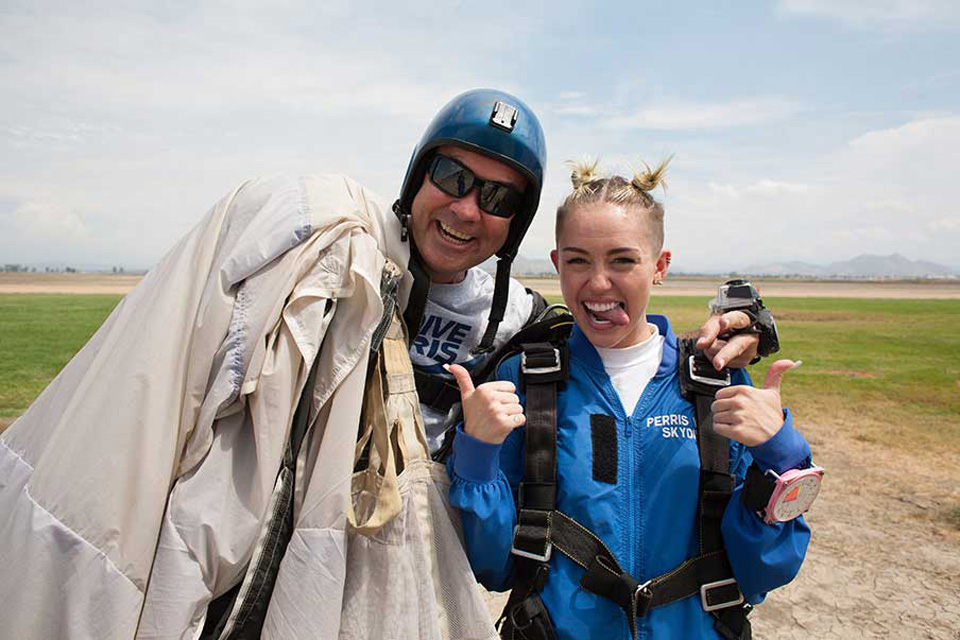
Take the famous Miley Cyrus skydive, for example. The reporter from Rolling Stone called the dropzone because Miley was going to be skydiving as part of the interview. Since there were explicitly production elements involved, we sent the request to Scott.
“The celebrities themselves are way more laid back than the people producing the jobs,” Scott laughs. “Miley, for instance, had no entourage whatsoever when she came out. She was just there with somebody else in the waiver room, filling out the waiver. I looked over and another tandem student had her phone out and was, like, snapping away. Miley didn’t care a bit.”
Scott’s list of celebrity students is, understandably, arm-long. Another time, Michelle Rodriguez and Zac Efron were about to be doing skydiving-involving episodes with Bear Grylls and needed training–so Scott got the call. Olympian Bode Miller came out to shoot part of a reality show. Then there was Johnny Knoxville out here, who was learning to skydive. Johnny made it through AFF. Unfortunately, he hadn’t quite made it to the point of a license when the skydiving scene was written out of the script. The rapper Akon came out, too, in conjunction with a reality show pitch. “He was very gracious, as most celebrities are,” Scott remembers. “And it’s easy for them to spend time at the dropzone, where pretty much everyone is concerned with their own jumping. Nobody here knew who he was, so he had a really laid-back day.”
“I was teaching Sergey Brin, the founder of Google,” Scott adds, “On referral from USPA I was Regional Director at the time, and he was looking for an instructor. He would walk around Perris and nobody would know who he was.” Scott laughs. “Here is this guy worth $30 billion dollars walking around without an entourage. Later, I did some jumps with him up at Yolo [Silicon Valley’s dropzone] and everybody recognized him up there.”
If you’ve ever been involved with a film production, it won’t surprise you that productions generally use Skydive Perris’s military facilities as a basecamp. These are 3,000-4,000-square-foot buildings with restrooms, offices and climate-controlled packing areas inside, with a space for the planes to load right out in front. Typically, when the production of any size at all is on the Skydive Perris campus, we will rent them at least one of those buildings to house what might easily be mistaken as an army: cast and crew staging, dressing rooms, office space, catering, trucking and equipment.
It’s not always smooth sailing, of course.
“We were shooting a credit card commercial once,” Scott winces, “And the producer of the job chewed me up one side and down the other because it was cloudy. What was I going to do about that?”
“Other companies,” he adds, “Spend thousands of dollars to get the Accuweather Super Platinum forecast that goes out 30 days, and they take out weather insurance. At 30 days out, you might as well go to a palm reader–but on a job like that, you have to get weather insurance anyway. If you’ve got the budget for it, it pays for itself eventually.”
For Scott, it’s worth the nail-biting frustration of an occasional cloudy day. When it’s great, it’s great.
“Once I was the stunt double for James Earl Jones,” he grins, “Skysurfing in a Verizon commercial. That was a challenge. It was not an easy shoot, but it was cool. And then he went on Letterman and showed it off.”
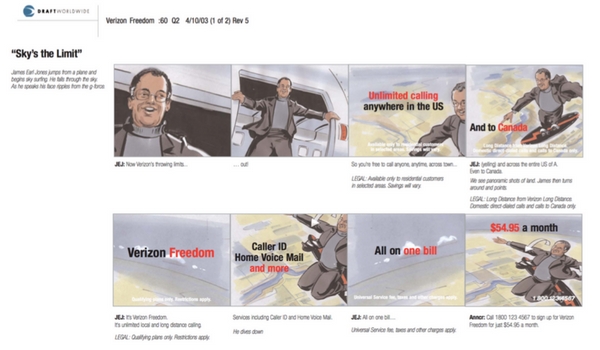
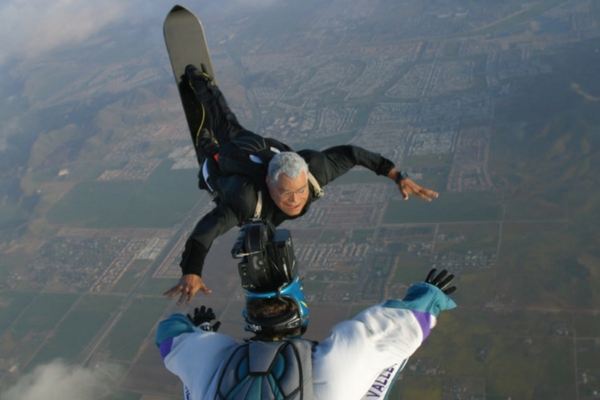
“It always kind of amazes me,” he adds, “The variety of different scenarios you get into when film and TV production intersects with this sport. Often, it’s an exciting day that’s kinda one-and-done. The job is rarely on the dropzone for more than a day or two, so the experience tends to be short and sweet. Heck,” he laughs, “Even if it really sucks, it only sucks for a day. This is a pretty sweet gig.”
Categories:
You May Be Interested In:
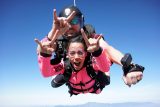
Unique California Experience Gifts for the Holidays
1 month ago by Skydive Perris
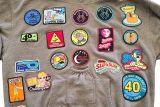
Skydiving Patches You Can Collect at Skydive Perris
3 months ago by Skydive Perris
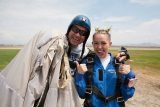
Famous People Who’ve Jumped at Skydive Perris
3 months ago by Skydive Perris
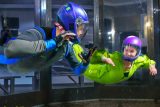
The Ultimate Family Hidden Gem in SoCal
6 months ago by Skydive Perris

